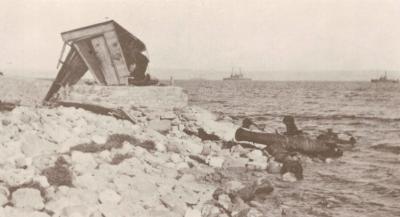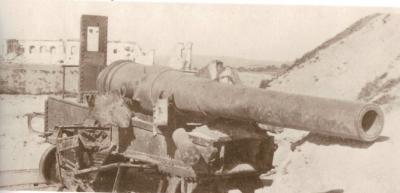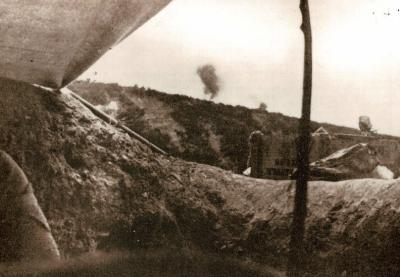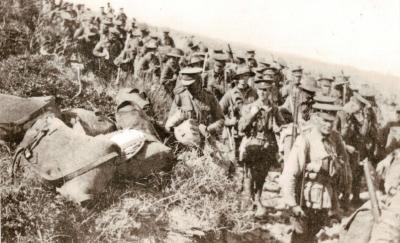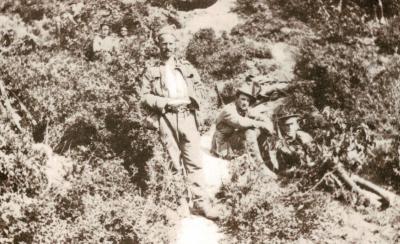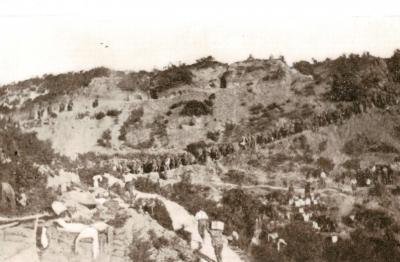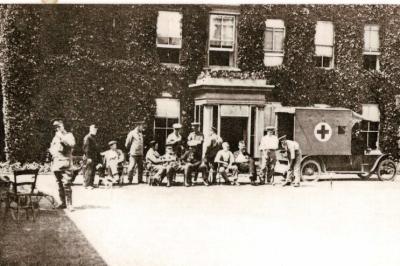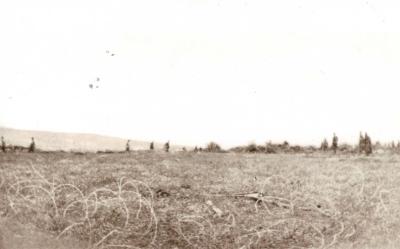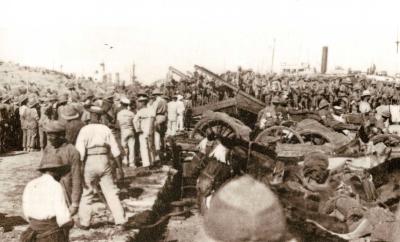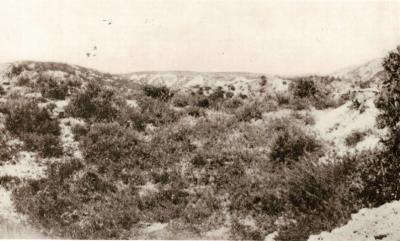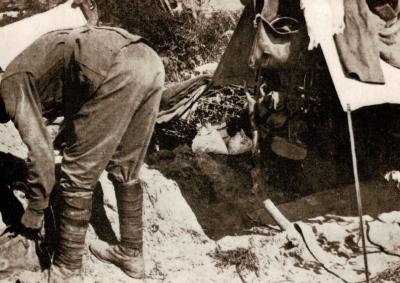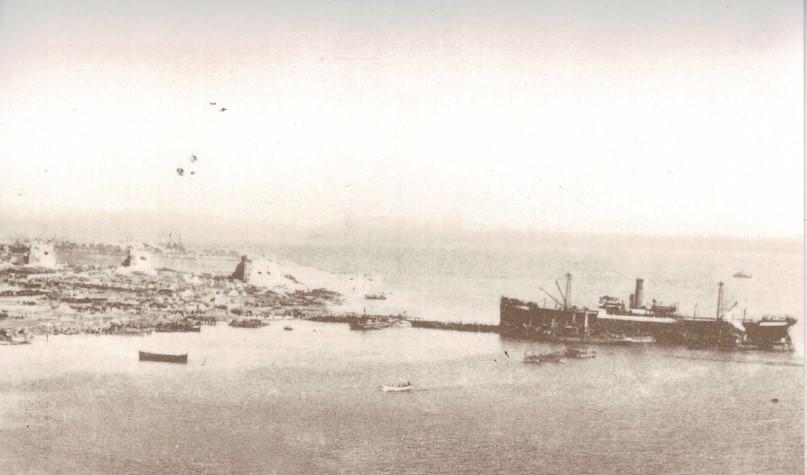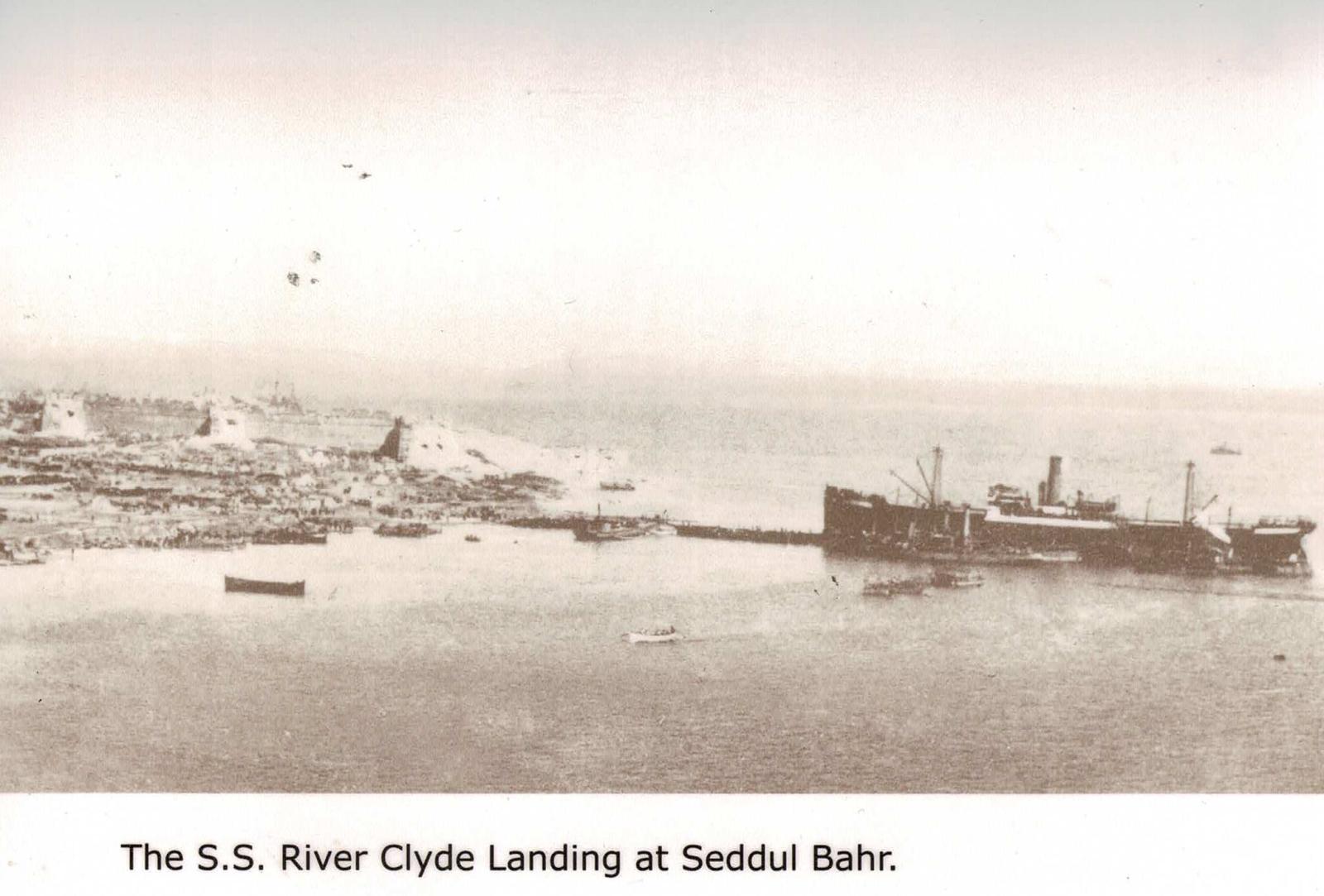World War 1, Eastern Mediterranean, Galipolli, Cape Helles, SS River Clyde, 1915
SS-River-Clyde-at-Seddul-Bahr. Part of the plan for the landing at Gallipoli was that a collier, 'River Clyde', should be run aground at V Beach on the southern tip of the peninsular with 2000 men of the Royal Munster Fusiliers, who could immediately disembark and join the attack on 25 April 1915. However, V Beach was dominated by the strongly fortified village of Seddel Bair. When 'River Clyde' grounded, the men who attempted to land suffered 70% casualties, and many drowned.
The landing of Allied forces at Cape Helles took place on 25 April 1915, the same day that Australian and New Zealand forces landed at Anzac Cove further north. The British troops came ashore at five beaches at Cape Helles. There was stiff fighting – and terrible casualties – at the two main landing points. At "W Beach" the 1st Battalion Lancashire Fusiliers won six Victoria Crosses; their beach became known as "Lancashire Landing". At the vital "V Beach" troops came ashore in boats and a converted collier, the River Clyde, which was run aground to deliver its men. The British stormed down gangplanks into a death trap, with many killed even before they got onto the beach.
Although the landings were initially successful, Turkish reinforcements soon prevented progress further north and the Allies failed to take their objective, the small village of Krithia. Several further attempts would be made to take Krithia at the cost of heavy casualties. The situation at Helles soon descended into a stalemate which existed until Helles was finally evacuated on 9 January 1916.
Details
Details
Sedd el Bahr, meaning "Walls of the Sea" is a village located at Cape Helles on the Gallipoli peninsula in Turkiye. The village lies east of the cape, on the shore of the Dardanelles. It was the site of V Beach, the landing zone for two Irish battalions, including one from the SS River Clyde, on 25 April 1915 during the Gallipoli Campaign in World War I.
At the tip of the Sedd el Bahr promontory is the castle (Sedd el Bahr Kale), also known as Old Castle. The British designated the castle "Fort No. 3" . At the other end of V Beach was "Fort No. 1", also known as Fort Ertuğrul; it was equipped with ten artillery pieces, including two 28 cm Krupp L/22 guns. The castle was bombarded by the Royal Navy on 3 November 1914, causing serious damage and killing 86 Ottoman soldiers.
The British attacked the Ottoman forts on 19 February 1915 at the start of the naval operations in the Dardanelles Campaign. Sedd el Bahr was subjected to repeated bombardment and raids by naval demolition teams and the position was deemed too exposed. By the peak of naval operations on 18 March, Sedd el Bahr and Kum Kale, across the straits, had been eliminated as threats.
Australian Army Museum of Western Australia
Australian Army Museum of Western Australia
Other items from Australian Army Museum of Western Australia
- World War 1, Eastern Mediterranean, Gallipoli, Cape Helles, 1915
- World War 1, Eastern Mediterranian, Gallipoli, Helles, Seddul Bahr, 1915
- World War 1, Eastern Mediterranean, Gallipoli, Anzac Cove, Bolton's Ridge, 1915
- World War 1, Eastern Mediterranean, Gallipoli, Cape Helles, 1915
- World war 1, Eastern Mediterranean, Gallipoli, Anzac Cove, 8 Battalion on Landing, 1915
- World War 1, Eastern Mediterranean, Gallipoli, Anzac Cove, Bolton's Ridge, 1915
- World War 1, Eastern Mediterranean, Gallipoli, Anzac Cove, Walker's Ridge, 1915
- World War 1, United Kingdom, Harefield Park, 1915
- World War 1, Eastern Mediterranean, Galipoli, Anzac, Armistice, 24 May 1915
- World War 1, Eastern Mediterranean, Gallipoli / Imbros, 1915
- World War 1, Eastern Mediterranean, Gallipoli, Anzac Cove, Walker's Ridge, 1915
- World War 1, Eastern Mediterranian, Gallipoli, Anzac Cove, 1915
